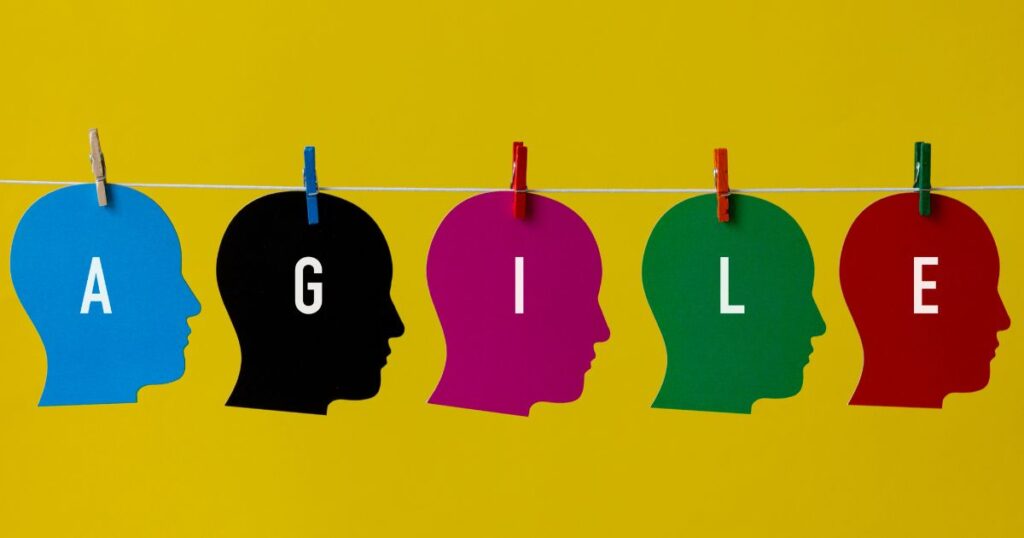
What is learning agility?
Picture a seasoned CEO facing an unprecedented market shift. Instead of relying solely on past strategies, she swiftly adapts, integrating new information and crafting an innovative approach.
This leader isn’t just experienced; she’s learning agile — a vital trait in our ever-evolving business landscape.
Learning agility is about mastering the art of learning, unlearning, and relearning in step with changing circumstances.
In this article, we delve into the essence of learning agility in leadership and offer insights on nurturing this dynamic skill.

What is learning agility?
Imagine a world-class decathlete, adept in multiple disciplines, seamlessly shifting from sprinting to pole vaulting. Learning agility in leadership is akin to this versatility.
Learning agility is the ability to swiftly absorb new information, grasp novel situations, and apply knowledge in varied contexts. For leaders, it entails maintaining an insatiable curiosity, embracing fresh ideas, and persistently seeking personal growth.
Why Learning Agility Matters
Today’s world demands leaders who embody learning agility. They are the navigators who can steer their organizations through transformative tides and foster continuous innovation.
Research by Korn Ferry reveals that executives with high learning agility are five times more likely to excel in their roles.
How to Cultivate Learning Agility
Embrace new experiences. Venture beyond your comfort zone. Engage in diverse experiences that challenge and expand your thinking.
Reflect and and learn from past mistakes. Adopt a perspective that views failures as stepping stones for learning. Reflect on your successes and failures equally, analyzing what worked, what didn’t, and how you can evolve.
Seek feedback. Actively solicit feedback and remain receptive to constructive criticism to identify and address your blind spots.
Stay curious. Foster a mindset of endless curiosity. Keep questioning and seeking deeper understanding.
Adapt and apply learning. Rapidly adjust your knowledge base to fit new scenarios and apply your learnings in various situations.
Case Studies
Satya Nadella, Microsoft
Under Nadella’s leadership, Microsoft has undergone a cultural metamorphosis, embracing a philosophy of continuous learning and growth. Nadella once faced a critical decision about the company’s cloud services. Instead of sticking to the established path, he embraced new technologies and strategies, demonstrating exemplary learning agility.
Reed Hastings, Netflix
Hastings’ journey from DVD rentals to dominating the streaming service market epitomizes learning agility. By constantly adapting to emerging technologies and changing consumer preferences, he has kept Netflix at the forefront of the entertainment industry.
Learning agility isn’t confined to the corporate world. Consider Tara Westover, author of “Educated,” who transitioned from a life devoid of formal education to earning a PhD from Cambridge University. Her journey reflects profound learning agility.
While learning agility is invaluable, it’s essential to recognize situations where deep expertise and specialization are more beneficial. For instance, in fields where safety and precision are paramount, like medicine or engineering, a strong foundation of specialized knowledge might take precedence over agility.
Learning agility is more than a skill; it’s a mindset integral to modern leadership. It goes beyond mere knowledge accumulation; it’s about aptly applying it amidst novel and evolving scenarios.
Leaders who cultivate learning agility navigate uncharted waters with confidence and skill. Remember: your capacity to learn, adapt, and evolve is your greatest asset. The leaders who will make a mark on the future are the ones who never cease to learn.
Responses